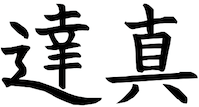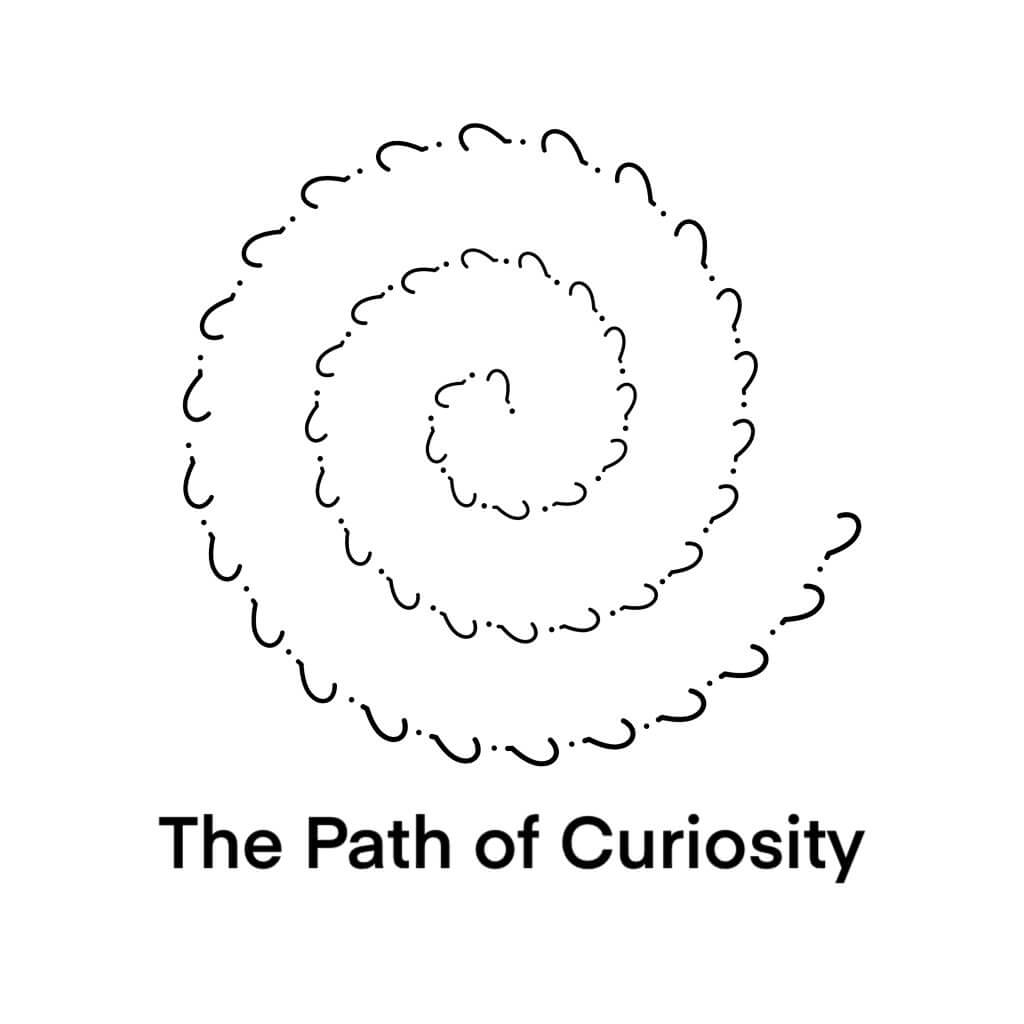co-authored with Kristijan
In some ways, the Curiosity Department is the oldest and most stable department of The Service Guild. My (Tasshin’s) blog (started in 2018-2019), my podcast (started in 2019), and my general learning practice are quite robust at this point. As a team, we (Tasshin, Kristijan, and Abi) are all happy, curious learners with specific ongoing interests and areas of exploration that we pursue individually and support each other in.
In other ways, the Curiosity Department is the least mature department of The Service Guild. Specifically, what’s the way that it is a service program? How can we scale what’s working for us to more people?
It’s been clear for some time that the fundamental value or mission of the Curiosity Department is to trust our questions, to follow our curiosity, and then to share what we learn with others as we do so, leaving the breadcrumbs we wish we’d found. The question is how exactly to support ourselves and other learners in that shared orientation.
This year (2024), we did a number of short-term Curiosity-related experiments exploring possible public-facing directions for our shared work, including: The Reading Hour, Rabbit Hole Day, and Art in Autumn. These experiments were valuable to ourselves and to others, and we learned a lot doing them. That said, they didn’t quite scratch the itch that we are looking for.
In the next six months to a year, we want to try a new program as a medium-length, medium-size experiment. We want to create ~2-3 small Microsolidarity-style crews of happy, curious learners exploring a specific topic together and sharing their learnings on both individual and group scales. We will run several of these small crews in parallel to support our individual learning, and to explore as the basis for creating a more stable service offer from the Curiosity Department.
Reflecting on our past experiences and discussing what we want to do in the future has led us to develop what we’re calling the Solar System Model of Collective Learning. This post is our attempt to embark on this journey, and to share this model with others as a conceptual foundation for our efforts in the coming months.
This model uses the concept of a solar system to relate multiple individual learners (planets) exploring their shared intention or curiosity (the sun). In this metaphor, the solar system is the larger system as a whole. A comet is a teacher with more expertise and experience who is able to give instruction, exercises, feedback.
As a learner decides to learn more about something, we propose that this basic “curiosity loop” will serve them in approaching their learning:
- Find resources, teachers, and learning contexts for a topic that’s interesting to U.
- Dive deeper to learn more about it. Ingest the materials, take notes and process what U learn, internalize the lessons.
- Come back and share what U have learned with others. Leave the breadcrumbs U wish U’d found. In this way, Ur learning is a service to others.
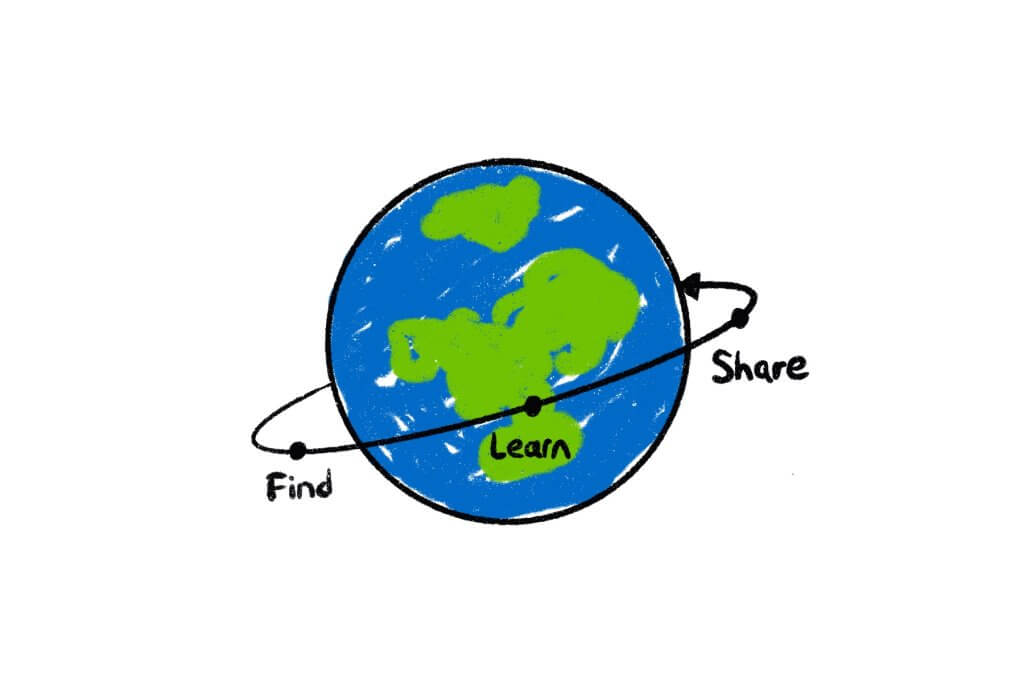
This corresponds to one circle around the axis, a rotation of the planet (U, the learner). It’s intended to be bite sized, manageable and fun.
The planet revolves around its axis potentially many times while circling its star. So there are many iterations of find-learn-share. Examples of small rotations:
- learning new functions in a programming language and tweeting about them
- drawing many small sketches
- producing a snippet of music or even a track
- shooting individual scenes of film
The different learners’ projects are thematically connected around the same curiosity or intention, the sun—they’re in the same solar system. They can ask for and offer support, and share their process with the other learners for mutual benefit.
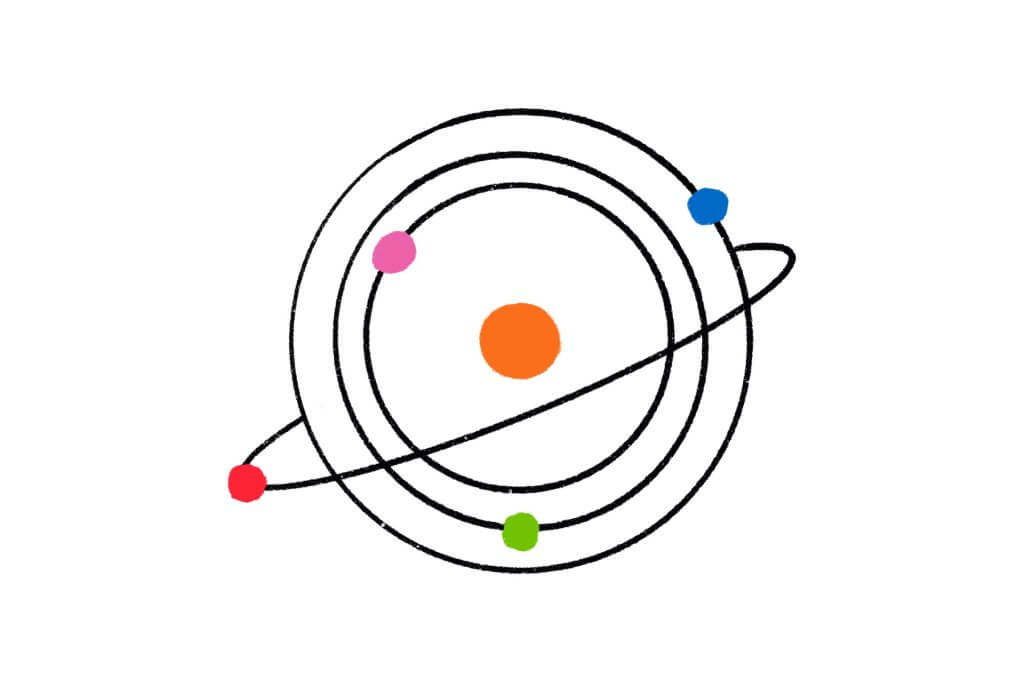
After each learner goes through a few rotations, disparate pieces of knowledge start to connect into a larger picture. As the learners interact with their potent sources of knowledge, they get a sense of the bigger picture and ask broader and deeper questions. The possibility of a larger project starts to emerge.
While still iterating the basic find-learn-share loop, bits of knowledge can trickle into this larger project. Examples of a full revolution:
- from individual tweets or threads to a larger, longer essay
- from individual film clips to a short movie
- from a voice memo of someone singing to a full song
- from rough hand-drawn sketches to a full painting
Completing a larger learning project corresponds to one full revolution of the planet around the star.
The project may involve a teacher or guide, which is represented by a comet visiting all orbits of the solar system. The teacher is there to visit infrequently, offer a light touch, some feedback, or course correction.
Because our lives are busy and energy fluctuates, it’s sometimes hard to maintain consistent effort on learning something new. Creating a temporary container is valuable for mustering our own internal forces and focusing intently for a period of time. It also creates a sense of camaraderie and adds motivation from other people when our fuel runs low.
We want to create such a temporary container for a group of learners to go through a 4-6 week learning journey together. They can commit together at the start, complete many rotations and a single big revolution, bringing all their projects to a close at the same time.
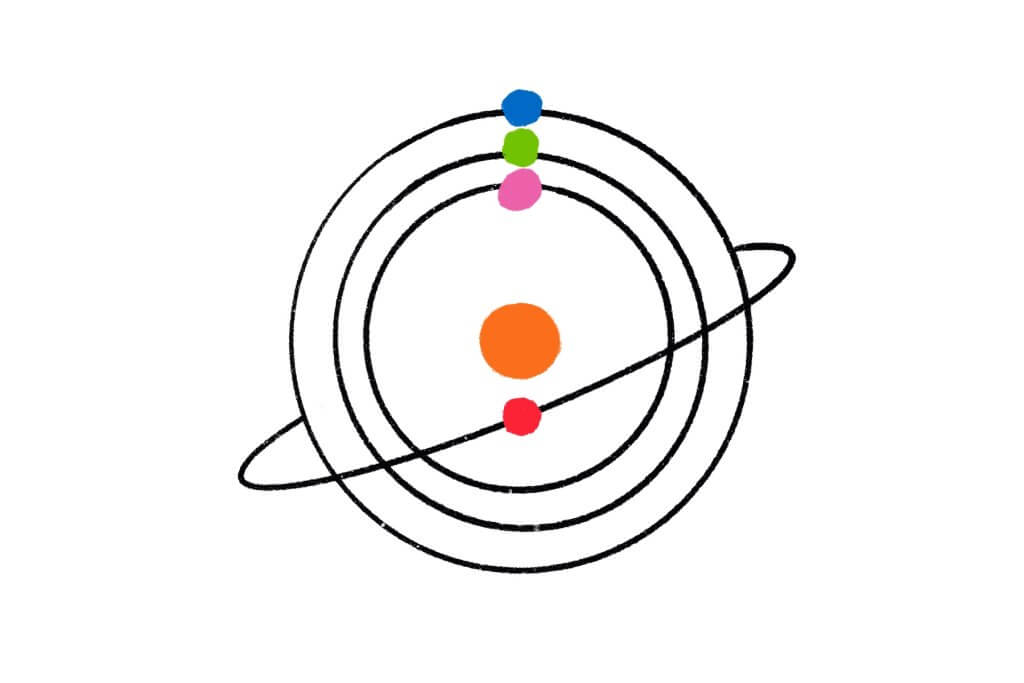
We represent this as a harmonic convergence of all planets, which offers an opportunity to celebrate success and reflect on the journey they just completed.
Conclusion
This model will inform our approach for the next year. We are going to create several crews or containers for learners to learn around specific themes and learning areas, with the support and context of the Curiosity Department. We hope that this will help people to learn more deeply, and share what they learn more effectively to benefit others and ultimately the whole world.
May the questions that burn in our hearts light the way. ❤️
U might also enjoy reading my book on curiosity and learning, The Path of Curiosity.
Further Resources
- Microsolidarity
- Learning Microsolidarity (Tasshin’s Video about Microsolidarity)
- The Service Guild
- Strategy Club (prior work, along similar veins)
